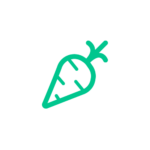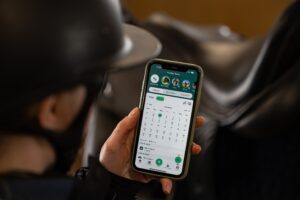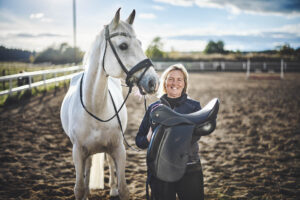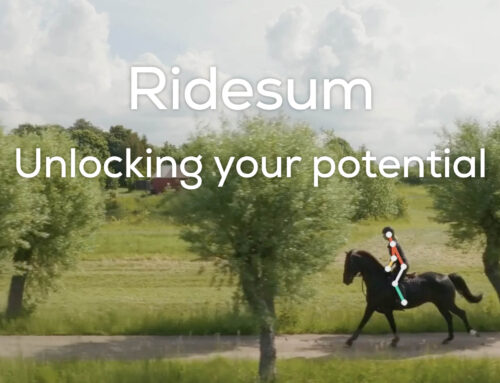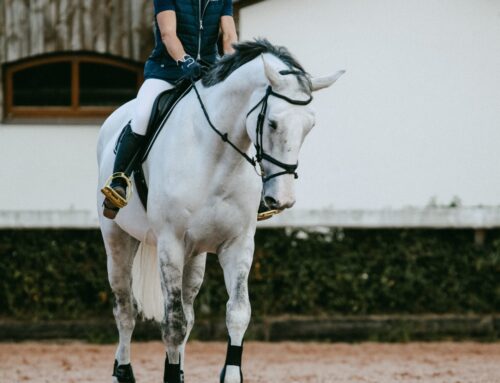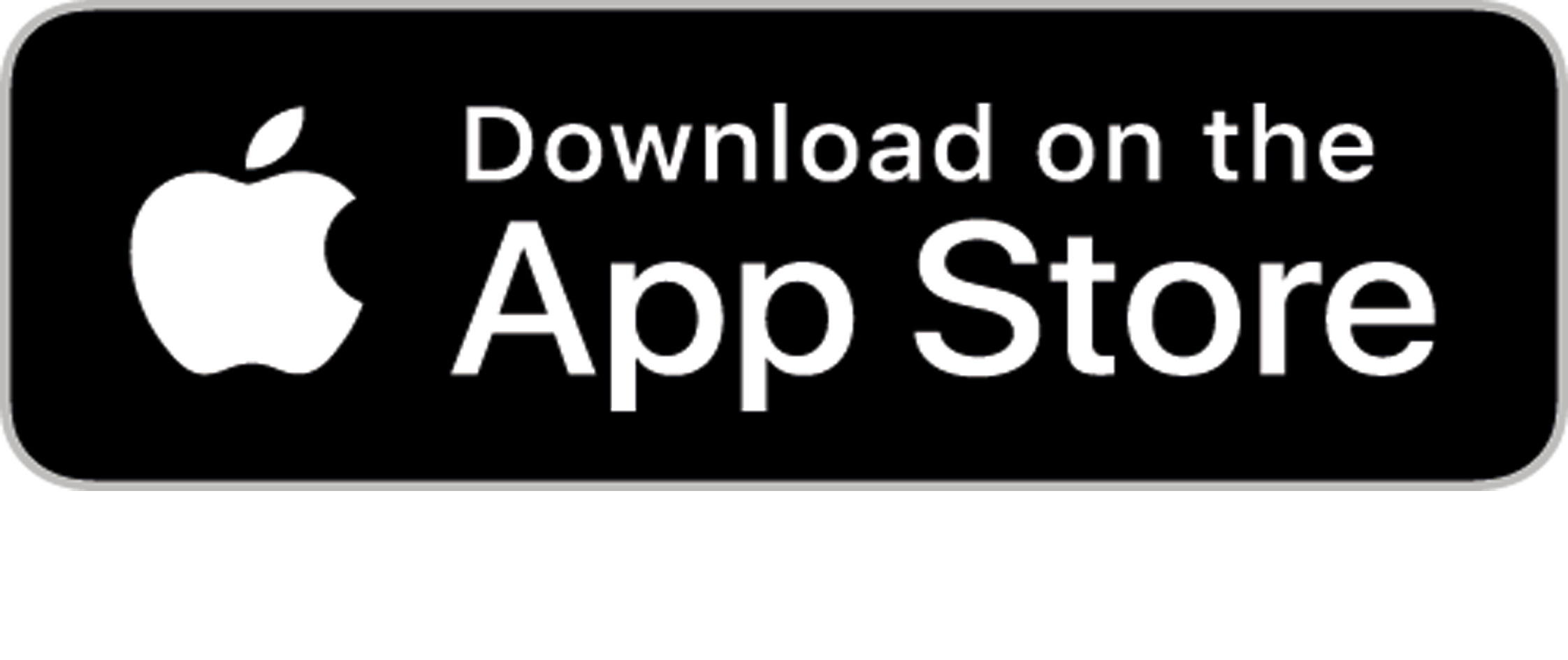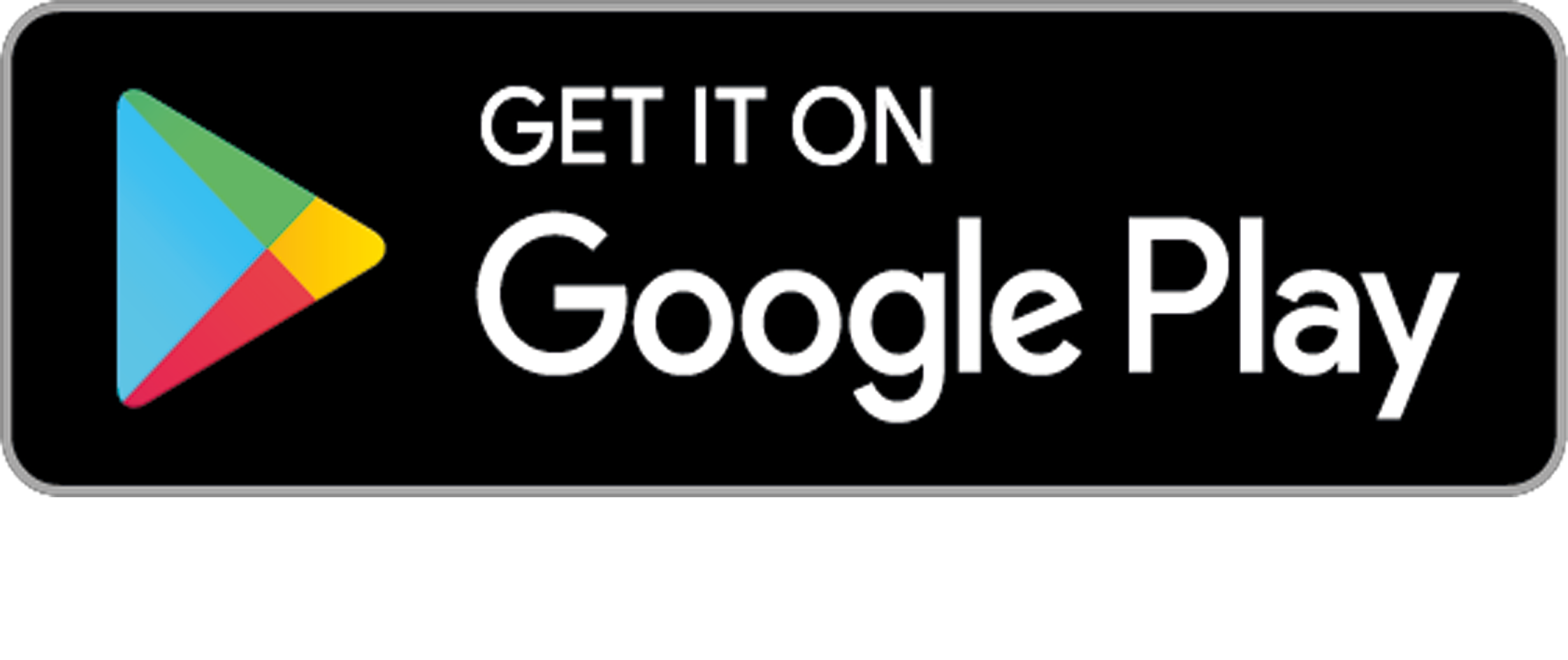Q & A
with the founder of AI Seat Analytics,
Ilse Daly
Trying out new things often feels both frightening and uncertain. That’s why, here at Ridesum, we completely understand how unfamiliar it can be to incorporate modern technology like AI, especially in a sport that relies heavily on emotion, timing, and communication between living beings.
Our tool, AI Seat Analytics, is not meant to replace the human eye but rather serves as a tool to improve our riding position more quickly and clearly, minimizing disruption to our horses as much as possible. Trying out AI Seat Analytics is a step towards becoming a more balanced rider – for the sake of your horse!
With new technology comes many questions, and we are doing our best to provide answers. Here, we have compiled the most common questions that you, as users, have about this feature!
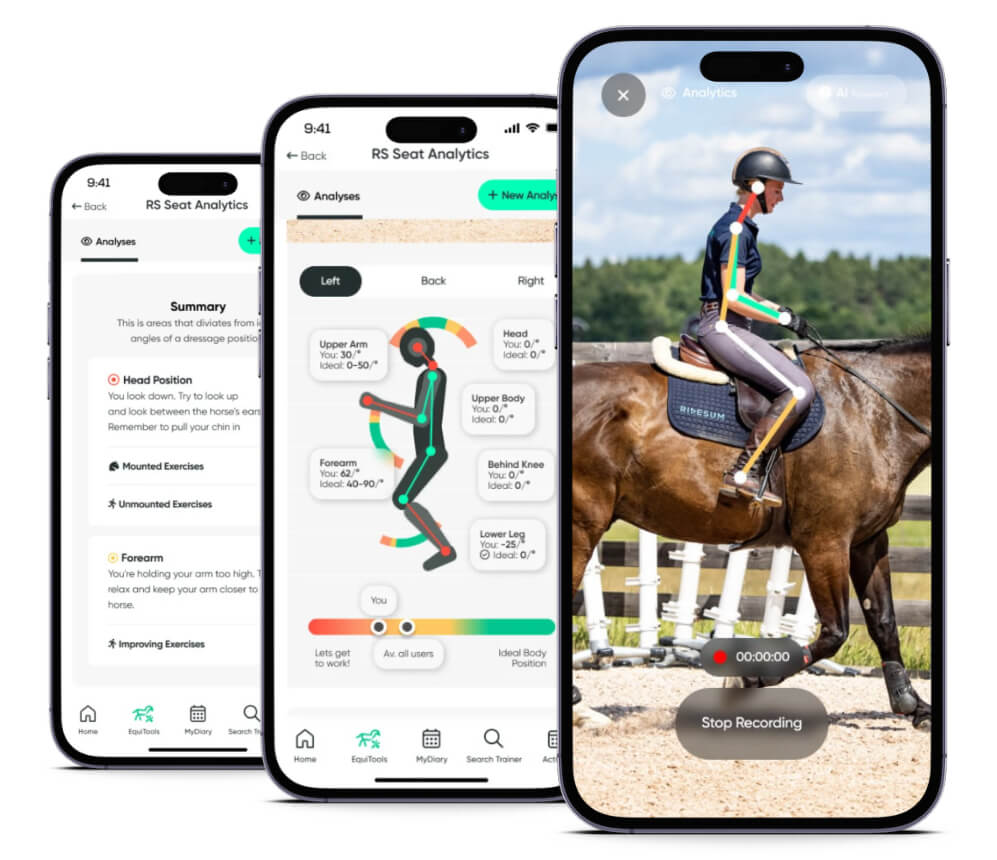
Let’s talk about AI Seat Analytics
-What does it mean when the lines are white? The line from your hip to your knee (the upper leg) is coloured white because there is no good or bad angle; it all depends on the length of your legs, the length of your stirrups and the type of saddle you’re in.
Sometimes, you will see all the lines go white. This happens when the rider’s body is not at the right angle in the video. What do we mean by this: well, the position measurements we take depend on us being able to see the rider from the side or from the front/back angle. Sometimes, the rider is turned slightly towards or away from the camera during the video. At these times, we can no longer get a reliable measurement of your position (even though we can keep tracking your body position, the angles we calculate will be wrong!) At these times, the lines will go white and those parts of the video will not go towards the analysis. As soon as the rider’s body is once again side-on of seen from the front/back, the lines will go back to being coloured (based on how good that bit of the body position is) and will count towards the overall analysis.
-What does it mean when the lines are green? Green lines mean that this part of your body is in a great position. It’s either perfect or very nearly perfect, so great job! Remember, we’re measuring against the ideal classical Dressage position, so if you’re analysing yourself jumping, you’re going to get lots of red! We’ll be adding a feature for analysing jumping position very soon, so stay tuned!
-What does it mean when the lines are yellow? Yellow lines mean that this part of your body is in an ok position (relative to the ideal Dressage position), but there’s still improvements that can be made. Check out the exercises selected for you on the analysis page for tips on how to keep improving your position.
-What does it mean when the lines are red? Red lines mean that this part of your body needs improvement (relative to the ideal Dressage position). The exercises selected for you on the analysis page can offer useful suggestions for things you can do both in and out of the saddle to improve your Dressage seat.
-What’s your advice when filming videos to get the best analysis? The AI Seat Analytics tool works best when the rider is clearly viewed from one single side or directly from the front or back. If there are sections of the video where the rider is not visible, or other riders enter the frame, this can cause issues with the results. Similarly, the analytics can be affected if the horse is too far from the camera to clearly see the rider’s body, or too close to it to see all of the rider’s body.
To get the most from the system, we suggest that you use videos of the rider filmed from the centre of a 20m circle (to get an analysis of your upper body, hand and lower leg position) or where the rider is filmed directly from behind or from in front (to get a measure of your shoulder and hip alignment). Videos filmed from outside the arena will work too, but we strongly suggest ensuring that there are no other riders visible in the video and there aren’t any jumps, trees or other obstacles obscuring the view of the target rider.
-Can you do an analysis without a saddle? Absolutely! Riding without a saddle (so long as you do it in a safe environment) is a wonderful way of improving your seat.
-Does it work for other disciplines, or just dressage? At the moment, the system is only set up for analysing flatwork. The ideal seat that we compare you to is the classical Dressage position where the upper body is perfectly upright (on average), with a good bend in the elbow, the head directly on top of your shoulders and the lower leg directly under your hip. Of course this is not the position you want to be in when jumping over a fence! We’ll be adding a feature for analysing jumping position very soon, so stay tuned!
-Are there specific pieces of gear or clothing colors that you should or should not use? Nope, just dress like you usually do while riding! Sometimes, if you are riding in a dark indoor arena, it can be hard to see your black boots against the dark saddle on a dark horse. So, if you are riding indoors and if you have light coloured boots or chaps, we recommend that you wear those.
-Does it work as well in rising trot? Absolutely! You can analyse rising trot and sitting trot, since both types of trot should have the same position on average (remember that the analysis is averaged over time, so not as a snap-shot). Anyhow, we do suggest that you analyse sitting and rising separately, because quite often we see different issues highlighted. For instance, in the rising trot, it’s really common to see riders lean forwards, while sitting, people often “cheat” by sitting back too far to avoid absorbing the movement through their hips and back, which is less comfy for the horse!
-Why is the line placed from knee to ankle? Why not to the heel? Traditionally, we’ve been taught that there should be a straight line from the shoulder to the hip to the heel to keep the rider in balance. In practice, what we actually want is the alignment of three joints: the shoulder joint, the hip joint and then the ankle joint. However, if your heel is under your hip, your balance will be off and you may fall backwards. However, if your ankle is under your hip, you should be able to stay balanced.
-What is the “perfect” seat based on? Perfect is always a difficult concept, because everyone has their own slightly different version of what perfect is. Here we’ve taken the traditional approach where there is a straight, vertical line from the rider’s ear, through their shoulder to their hip and then down to their ankle. This ensures that the rider is in a neutral balance. We’re looking for the elbows to be slightly in front of the body to give a good, soft contact that allows a steady connection with the horse’s mouth. The correct position of the hands will depend on what work the horse is doing. If he is doing uphill, collected work, the hands should almost be held with the forearm flat. If the horse is doing stretching work with his nose out and down, the rider’s hands should also be out and down.
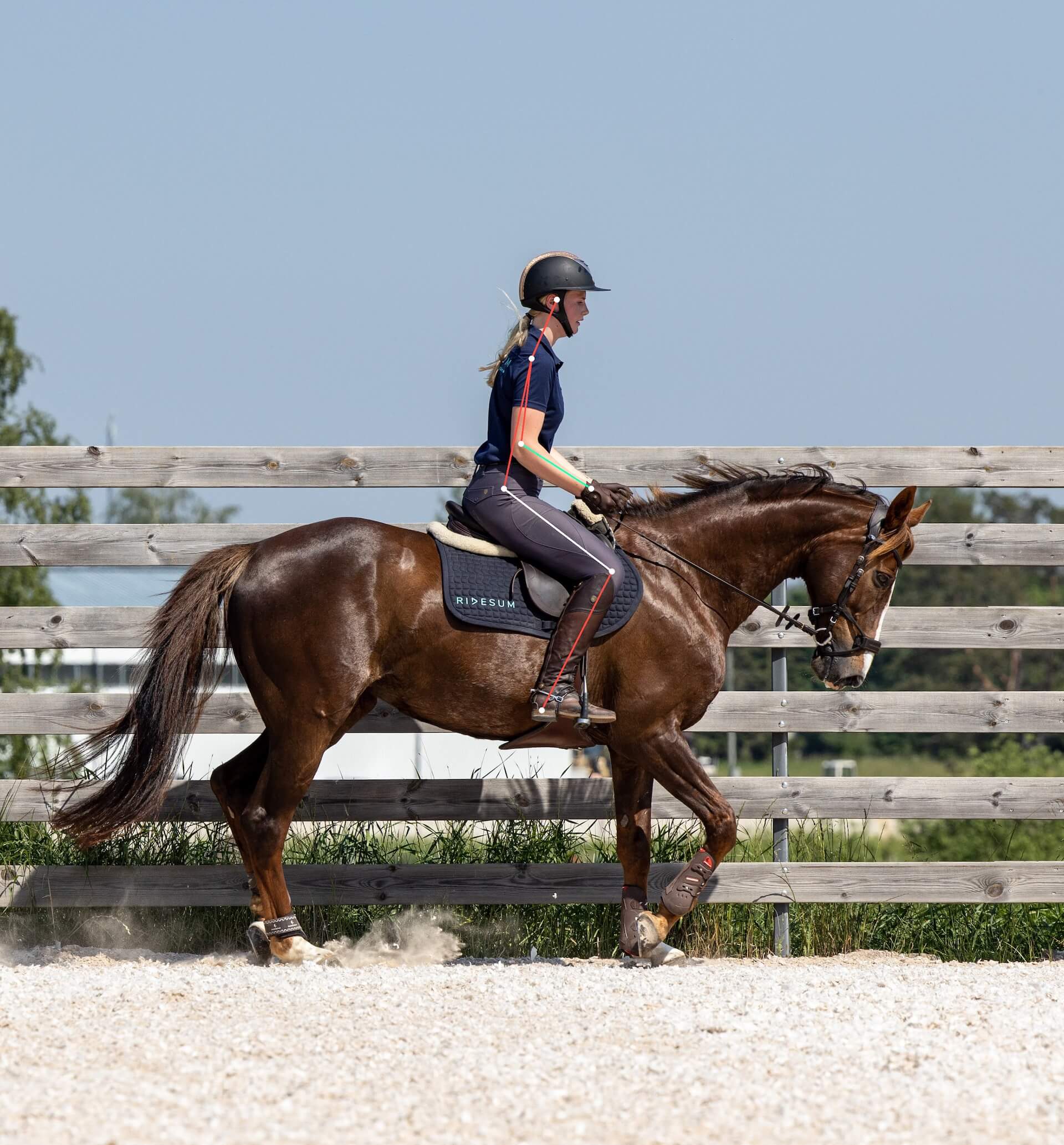
How does the technology work?
-What is the science behind the function? What is the research behind it?It’s only been recently that the technology has allowed us to use artificial intelligence to identify the key points on the rider. This now allows us to run research into many more riders in lots of different surfaces on lots of different types of horses far more easily than before. We’re planning on running some studies that will let us look at how a horse’s movement might affect the rider’s position and movement plus things like how different saddles affect our riding or even the length of our stirrups. But good science takes time!
-How can this be applied to everyone? (different bodies/saddles/diciplines etc)
Our system simply finds the key joints on your body and draws lines between them. So no matter size or shape, it will be able to track your position. Everyone needs to be in balance in order to give their horse the best ride. AI Seat Aanalytics can also be used with para riders, sometimes with allowances that it may not always be possible to achieve exact alignment, however, it’s still useful to know what your position is. And this goes for any rider.
-Can you simply describe how the AI works? Magic! Just joking. Basically, we’ve taught a computer to identify the key body points on a person by giving it lots and lots of labeled examples. We need to give the computer enough examples with enough variety that it can reliably tell a person’s shoulder from, for example their knee or something completely random like a horse’s shoulder. Despite our best efforts, the system does sometimes get confused when it’s presented with a slightly difficult to see image. For example, it can be hard for us humans to identify the exact position of a rider’s ankle when they’re in a dark indoor arena wearing black long boots on a black saddle with a black numnah on a dark horse! So the system does it’s best to make correct identifications. Then we take these locations of the key points, workout the angles between various sets, like the angle between the shoulders and the hips for the upper body. We then filter the data to remove bad tracking (like when the system has got confused) and take the average angle throughout the whole video, which is the metric you get displayed in the session summary.
Get to know Ilse Daly!
“I’ve always been both a rider and a bit of a science geek, so it seemed inevitable that I would eventually combine the two things! During my PhD, I had two horses on DIY livery and was struggling to afford regular training. I could definitely feel my position slipping, but as the arena at the yard had no mirrors, it was hard to tell for sure. Out of curiosity, I started to experiment with using some of the same computer vision techniques that I was using for my PhD work to see if I could track my own body position. After a lot of trial and error (including several coding sessions sat in the arena on a mounting block while my saint of a horse waited patiently!) I had a working system which could measure and give feedbacl on my position.
Over time, I improved and expanded the system to include the artificial intelligence that automatically recognises the key points on a rider’s body, which also let me put the whole system on an app, so that anyone, anywhere in the world with a smartphone could use it. It was great to be able to combine my scientific, technical expertise with my experience as a trainer.
I love how we can combine new technology with classical principles to help riders to improve. AISA in its current form is just the beginning; there’s lots more exciting things to come.”
I have two horses, Lizzie and Ash. Lizzie is a typical Dressage horse; bay, warmblood and very elegant. She thinks the world revolves around her (and she isn’t exactly wrong!). Ash is not a typical dressage horse. He is a chonky Irish draught who surprised everyone with his talent (including himself). Until recently, I’d have said that I’m a Dressage rider, but we’ve recently started doing Working Equitation and it’s amazing. I love the combination of the Dressage with the extra skills we need to do all the obstacles. We’re not very good yet, but practice makes perfect and we’re having a lot of fun, which is what riding should be all about!
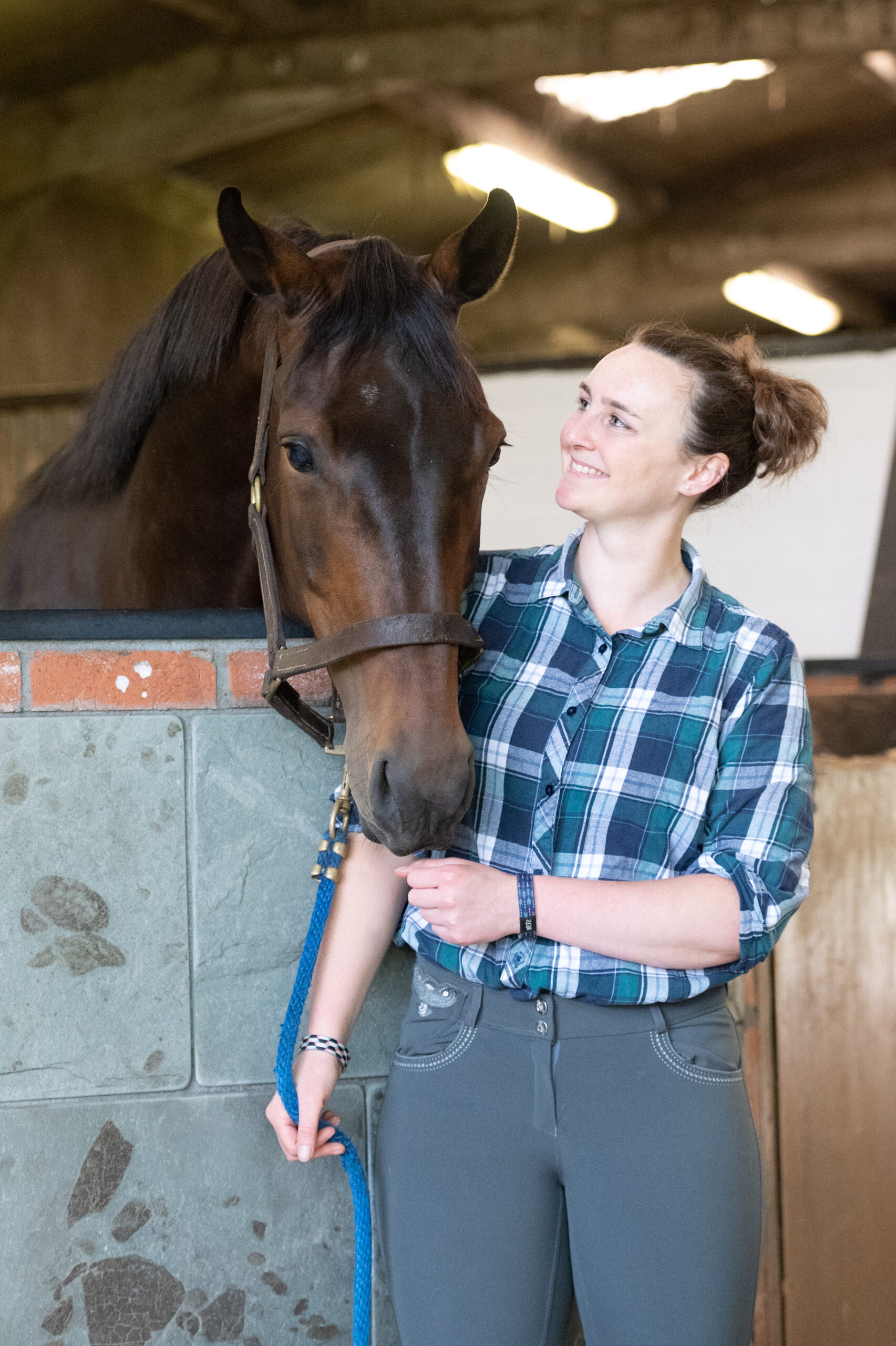
Missade du webinaret och vill se det i efterhand?
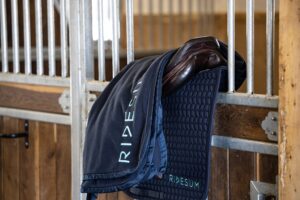
Att hitta, prova ut och köpa en sadel som passar både häst och ryttare är en utmaning och en stor investering. I detta webinar går Charlotte igenom vanliga frågor och svar kring sadlar och sadelanpassning för både ryttare och häst. Detta vill du inte missa!
